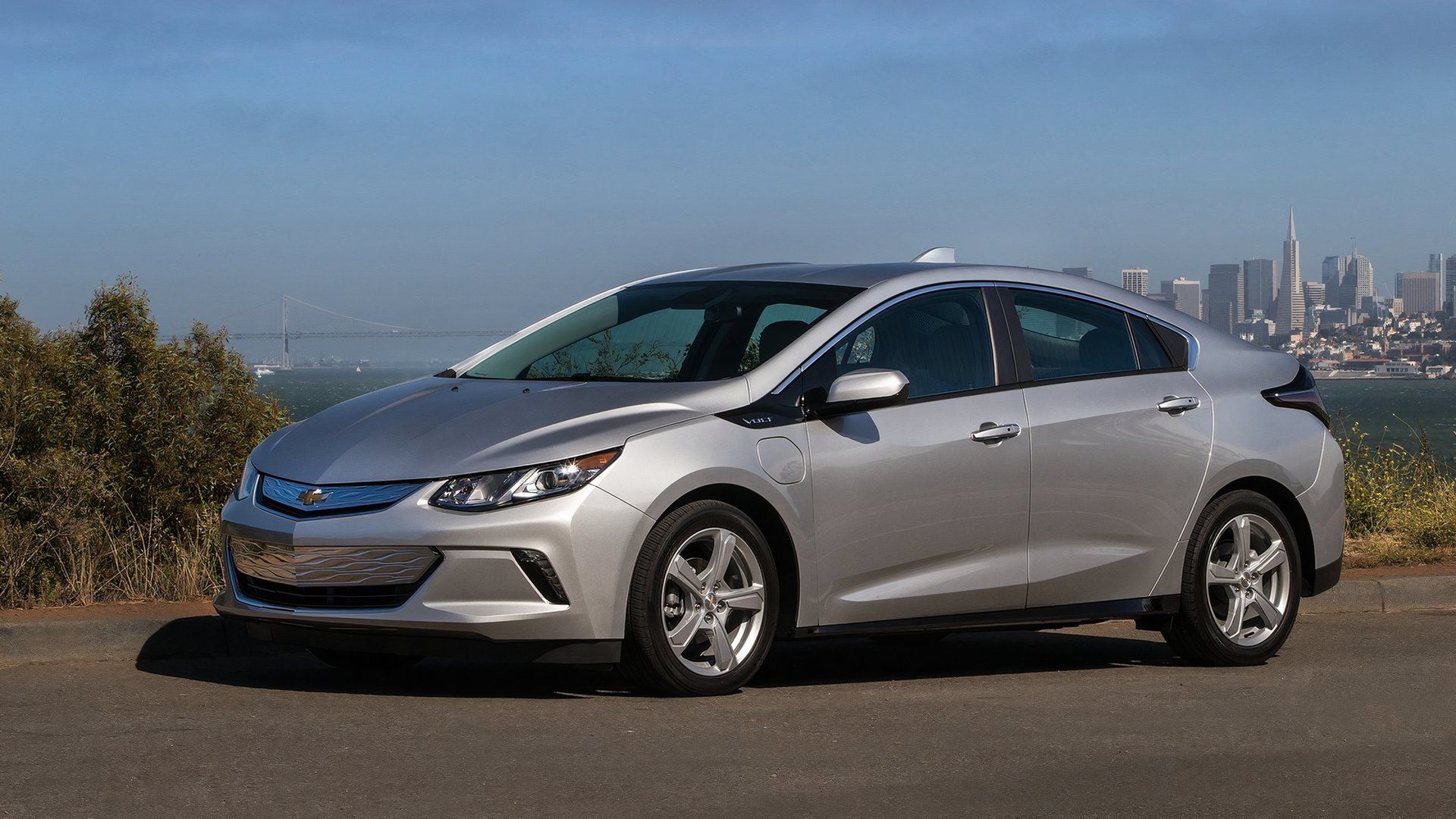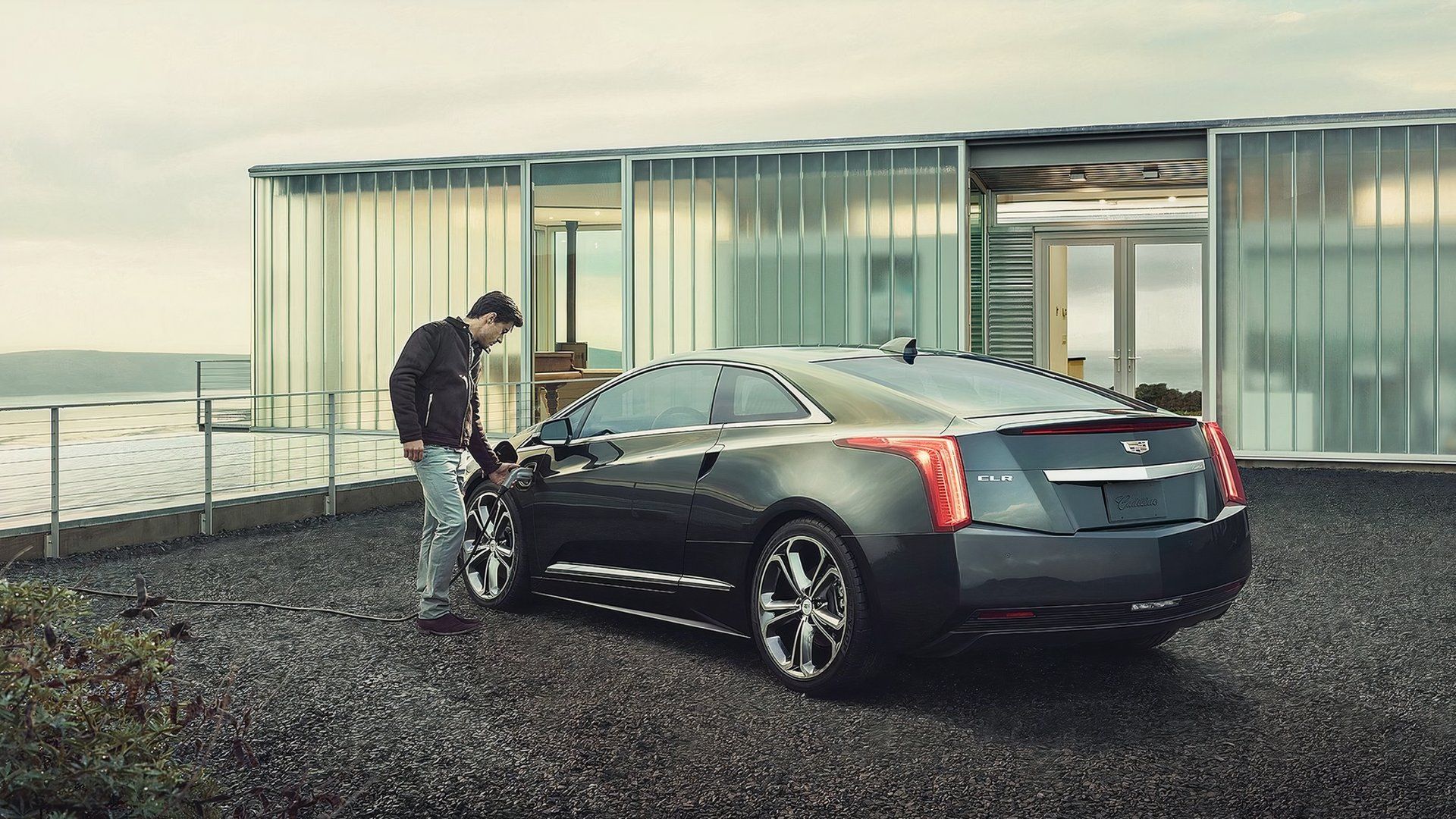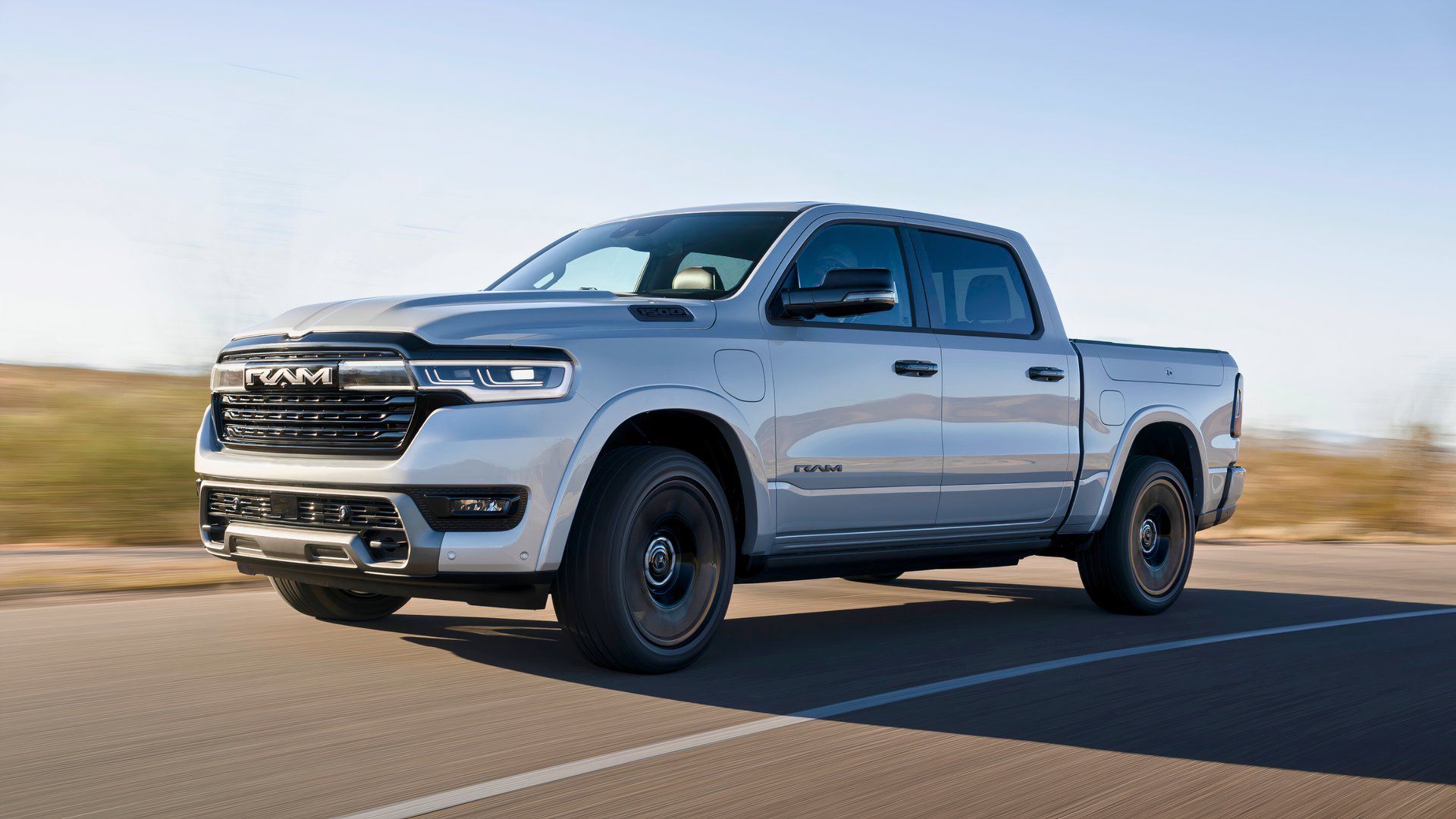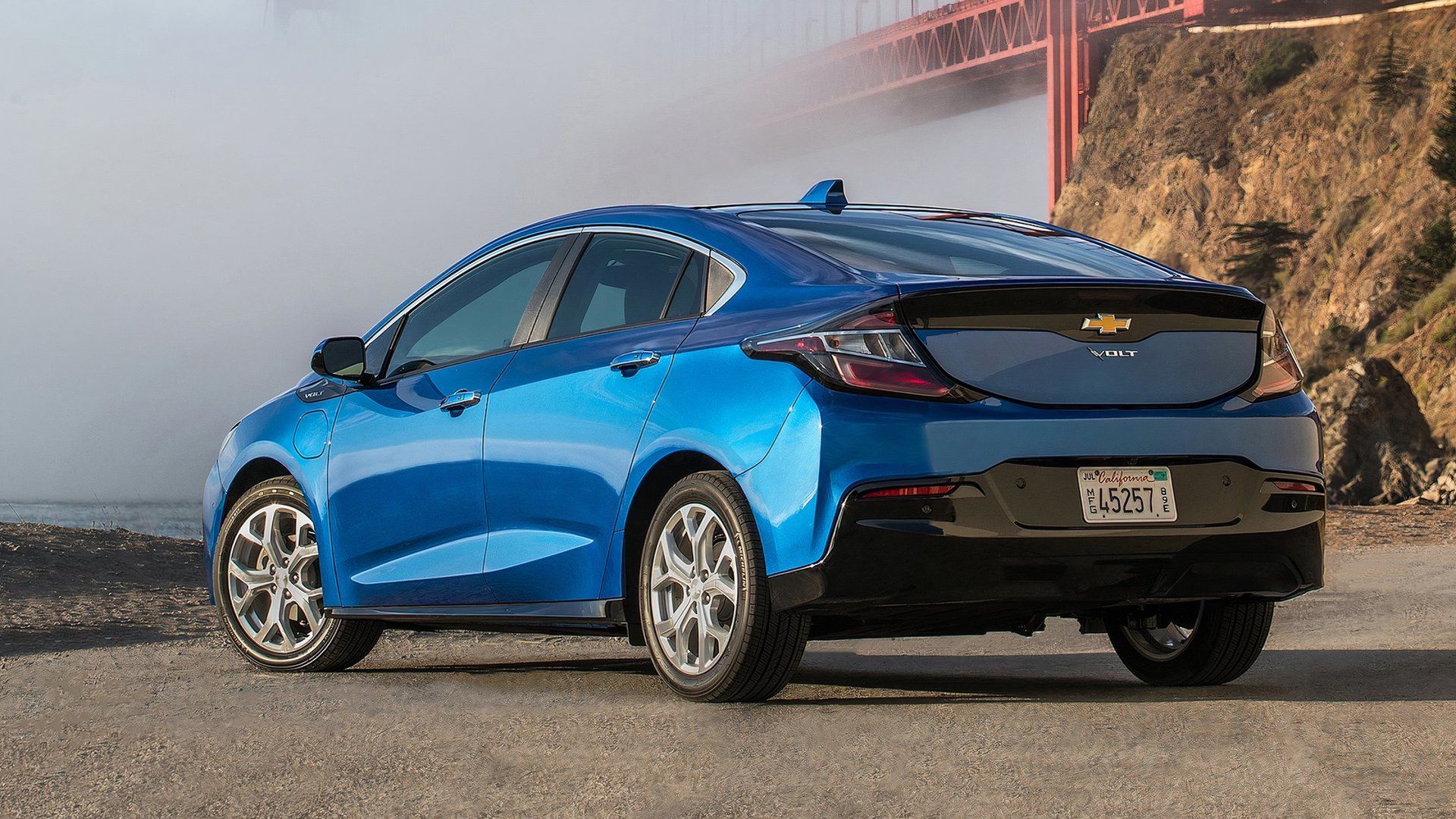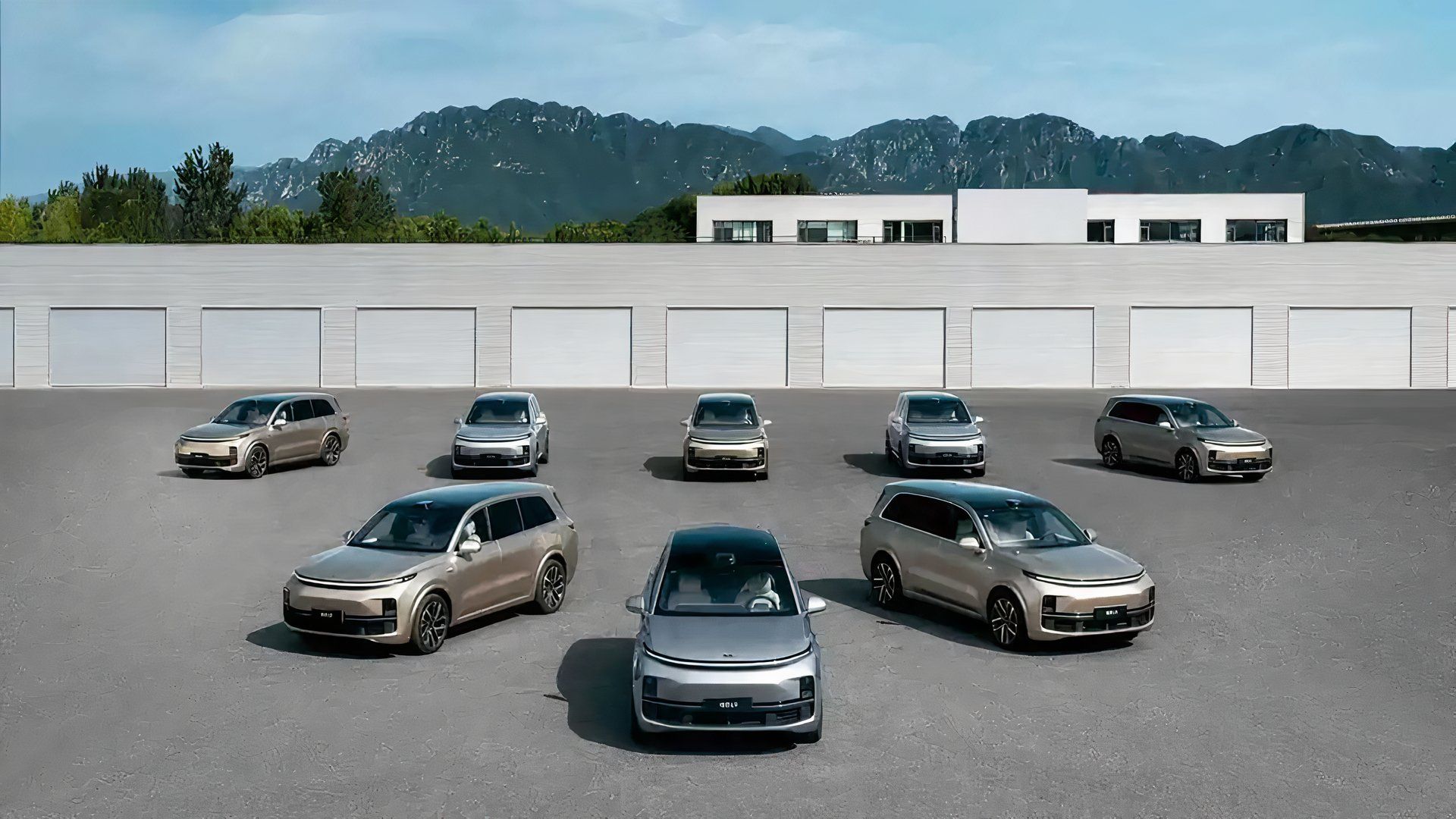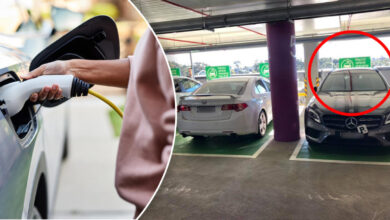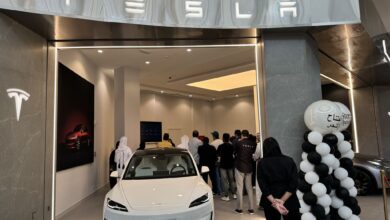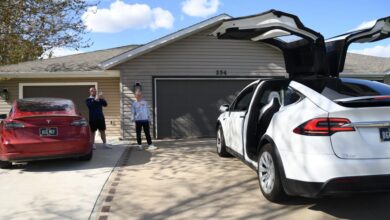Here’s How Extended Range Electric Vehicles Work
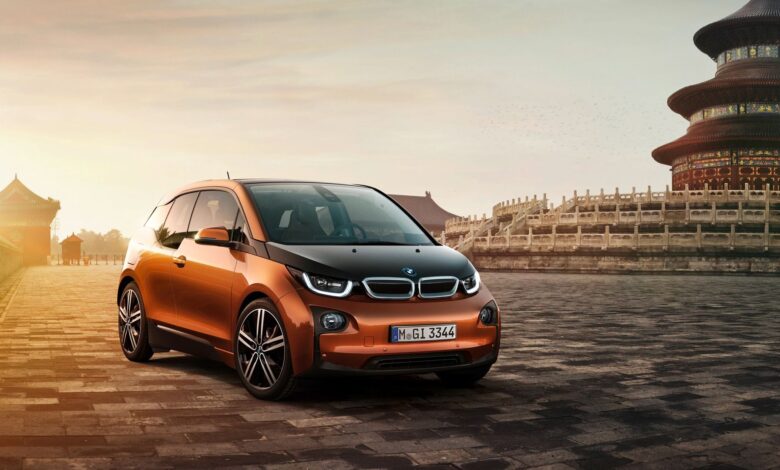
The path toward carbon neutrality involves numerous vehicle technologies, one of which is electric vehicles (EVs). However, while EVs continue to improve, some are still skeptical about owning one. Range anxiety is still a thing in 2024 since EV charging stations are still less common than gas stations. Finally, while EV range continues to improve thanks to more efficient electric drivetrains, they still can’t travel as far as some of the longest-range internal combustion engine (ICE) vehicles today, such as the outgoing and affordable 2024 Kia Forte, which can travel up to 574 miles with no sweat.
Therefore, there’s a growing interest in the idea of an extended-range electric vehicle (EREV). The concept isn’t new, mind you. That is how the Chevrolet Volt and BMW i3 with the optional range extender engine operated. There’s even a new EREV that’s about to hit the market in the form of the Ram 1500 Ramcharger, which Stellantis boasts will have a range of up to 690 miles. Just to put that in perspective, the Chevrolet Colorado has the highest range out of any midsize gas-powered pickup at 480 miles.
EREVs are also extremely popular in another market–China. With that nation having one of the highest electrification acceptance as well as the highest NEV sales (combined EV and plug-in hybrid sales) in the world, it’s no surprise that EREVs would serve as a transitional technology for ICE vehicle owners. So what is an EREV, what’s so good about it, and why aren’t we seeing many of them on the road yet?
Related
10 Vehicles That Would Be Infinitely Better As Plug-In Hybrids
These ICE SUVs and trucks have their own qualities, but plug-in hybrid tech could improve their efficiency, range, and performance.
In order to give you the most up-to-date and accurate information possible, the data used to compile this article was sourced from Toyota, Nissan, BYD, BMW, General Motors, and other authoritative sources, including Li Auto, Mobility Portal, and CleanTechnica.
Here’s What An EREV Is
An EREV is a type of electrified vehicle technology that combines an EV drivetrain and its components with an ICE drivetrain. But how does it work, and what does it do in order to extend the range of an EV?
The ICE Is Just A Generator
In the case of an EREV, the ICE just acts as a generator to charge the battery. If you see those memes all over social media where an EV is hauling a gas-powered generator, then that’s pretty much what the gas engine in an EREV is supposed to do, but packaged more elegantly. Yes, the ICE in this case does not power the wheels at all, so it comes with its own benefits.
For one, most applications of an EREV mean a more refined driving experience compared to other cars with an ICE. Since the engine doesn’t drive the wheels, there are few to no vibrations entering the cabin or being transmitted through the throttle pedal. The engine just chugs along, often with the revs building up as you accelerate, just so that the driving experience still feels natural from an acoustics perspective.
That ICE Can Be More Efficient As A Result
Since the ICE does not drive the wheels at all, there is no need for a transmission, which means less weight and complexity. Less weight also means better efficiency, but better efficiency can also be achieved through right-sizing the ICE. Again, since the ICE isn’t what’s propelling the vehicle, the ICE can be right-sized to just the battery’s power generation requirement as opposed to the vehicle’s overall weight and size. This also means that the engine can independently spin at its most efficient power band or rotational speed, since it has no direct connection to the wheels.
Finally, an EREV also has to offer a balance between the fuel tank and the battery. When engineered appropriately, an EREV can travel further than both its ICE and EV counterparts, thanks to having less weight than if it was a pure EV, whilst being more efficient than if it were to be a pure ICE car. Therefore, it is the best of both worlds.
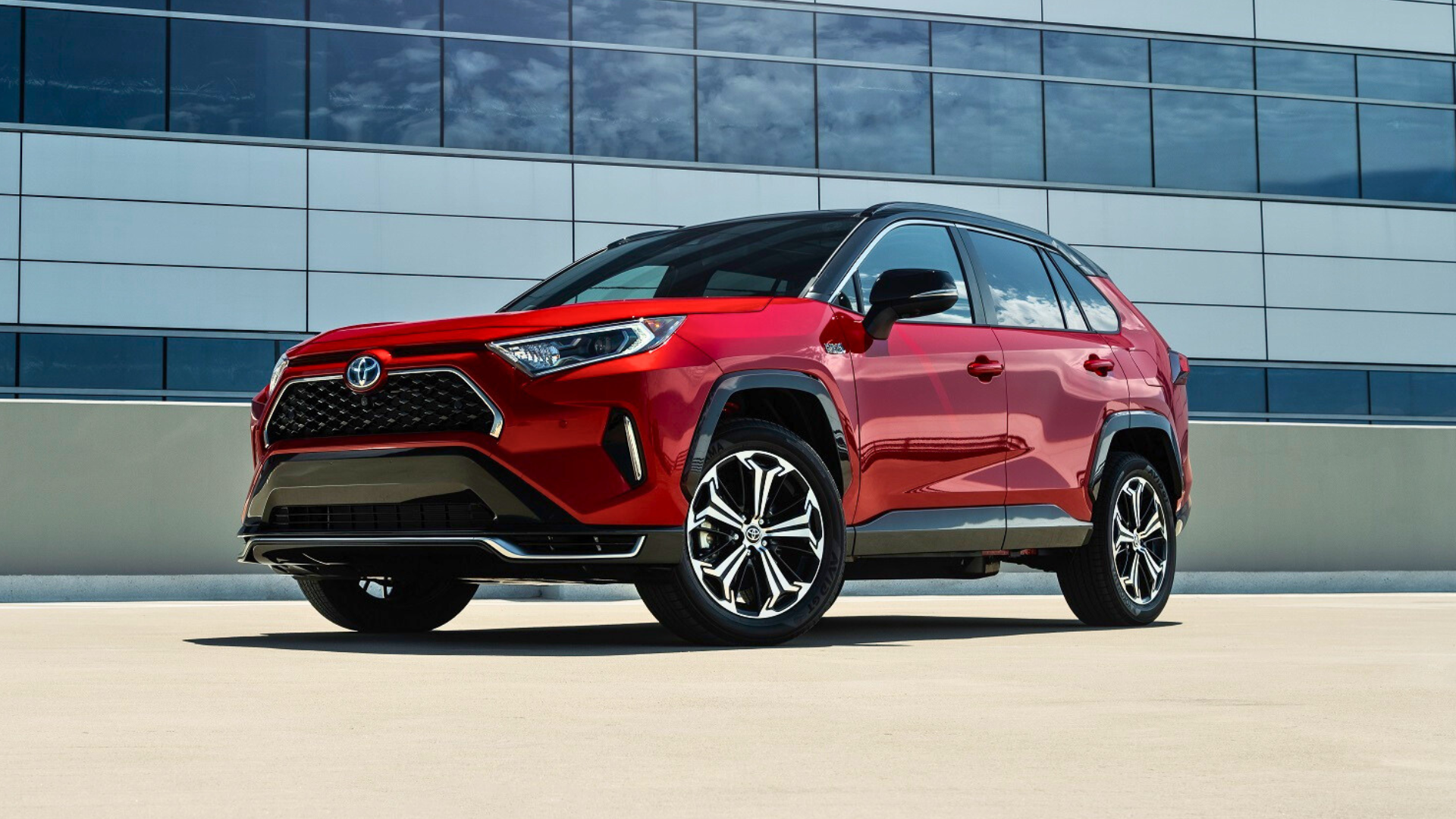
Related
10 Plug-In Hybrid SUVs With The Most All-Electric Range
From affordable to ultra-luxurious models, we explore 10 plug-in hybrid SUVs that can travel furthest on pure electric range from a single charge.
So, An EREV Is Just A Plug-In Hybrid?
Actually, yes, an EREV is just a plug-in hybrid, or rather, a type of plug-in hybrid. Just like hybrids, which have different types: series, parallel, and series-parallel, an EREV is another type of plug-in hybrid. Don’t worry, you didn’t waste your time reading this, because here’s why EREVs are classified as another type of plug-in hybrid.
EREVs Operate As Series Hybrids
Remember when I mentioned the three types of hybrids? The EREV is a series hybrid, because in such a system, the engine never powers the wheels. The best example of a series hybrid is Nissan’s e-Power system, which for some reason is not being sold in North America even if it’s popular elsewhere in the world. Nissan’s e-Power system operates similarly to an EREV, but it is not a plug-in hybrid. The battery isn’t big enough to be charged through a socket or an AC charger, but is only big enough for the gas engine to occasionally kick in at any point during your drive.
The two other types of hybrids are the parallel and series-parallel. Parallel hybrids operate in a way that the engine and electric motor are directly connected to each other, with a clutch managing whether the transmission connects to the engine and electric motor, or just the electric motor. The parallel hybrid system is what you see in the Toyota’s Hybrid Max and Toyota’s i-FORCE Max drivetrains, wherein power demands are so high that a parallel system is best used.
A series-parallel, on the other hand, is what every other Toyota hybrid system is. Also called a power-split hybrid, the engine in this case can both act purely as a generator (series) as well as be connected together with the transmission (parallel), hence the series-parallel name.

Add TopSpeed to your Google News feed.
Series Hybrids That Need To Be Charged
So yes, in principle, an EREV is a type of plug-in hybrid. Most plug-in hybrids on the market these days are series-parallel systems, wherein the ICE is both powering the wheels and acting as a generator. However, an EREV’s potential is only as good if people use it as intended. Plug-in hybrid sales are stronger in Europe than in North America, and there’s a growing concern in that region regarding owners not plugging-in their plug-in hybrids. After all, unlike a pure EV, a plug-in hybrid can still be driven with a depleted battery thanks to the fuel tank.
But, that’s also why it is a concern, because it practically negates the supposed environmental benefits of having a large-enough battery for it to be driven in pure electric mode within your daily commute, with the ICE only running when traveling for extended periods. Plug-in hybrids are growing in popularity in Europe due to their incentives and policies favoring ownership costs of these vehicles, but if these vehicles aren’t being used as intended, then these vehicles are still contributing to the region’s total emissions.
2:24
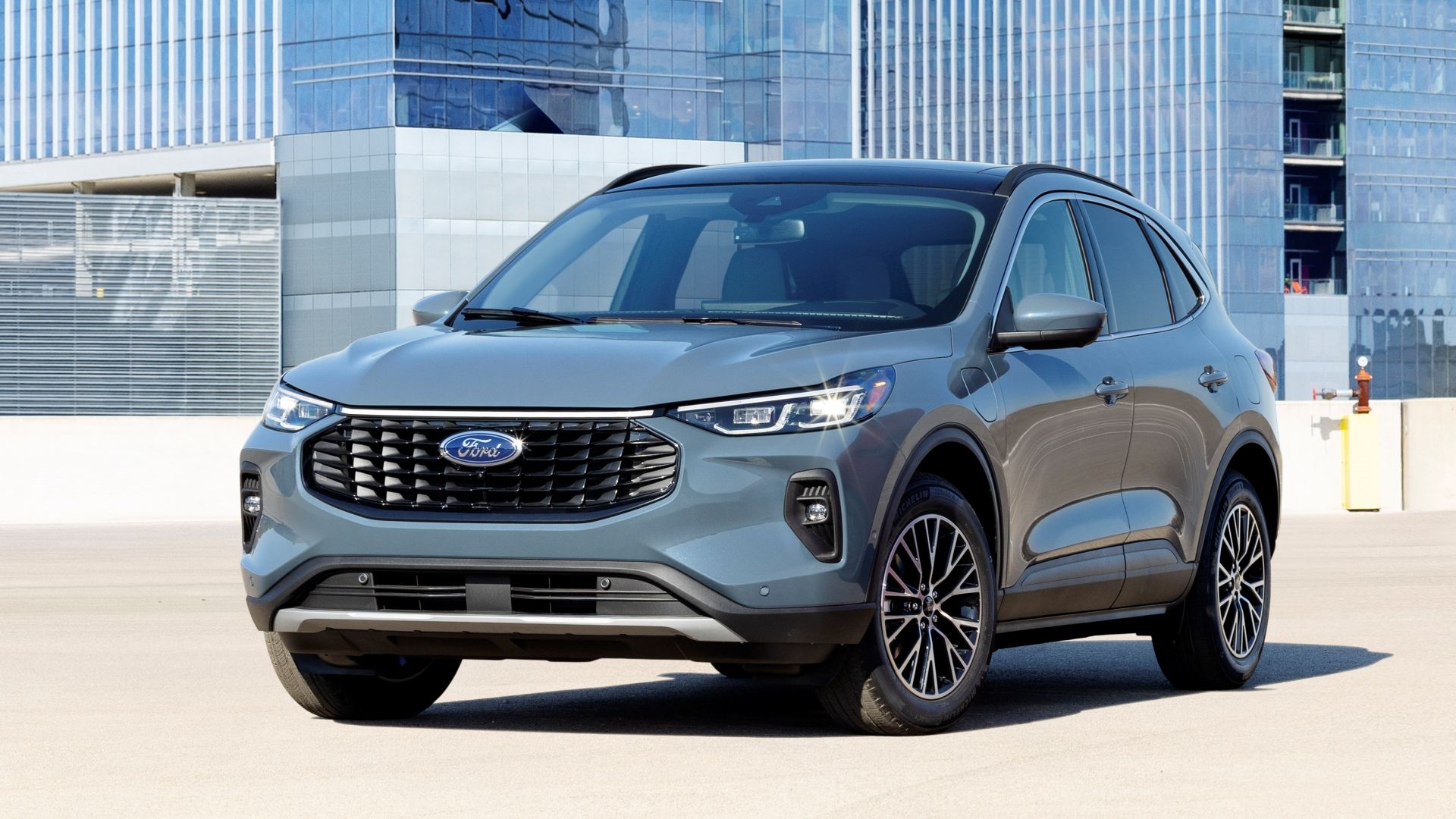
Related
5 Affordable Plug-In Hybrids With More Than 500 Miles Of Combined Range
Affordable plug-in hybrids offer improved electric ranges and performance, blending eco-friendly commutes with the flexibility of gasoline power.
EREVs You Can Buy Today
Unfortunately, if you live in North America, there are no EREVs currently on sale as we speak. There is one that’s yet to hit the market, which is the aforementioned Ram 1500 Ramcharger, but that’s still not yet in production. Therefore, you’ll have to look to the second-hand market for one.
If You Live In North America, You Only Have Used Options
A few EREVs were sold in North America, with the BMW i3 REx, the Chevrolet Volt, and its posher sibling, the Cadillac ELR being the prominent ones. The Volt was sold for two generations, and the vehicle enjoyed success due to it working exactly as advertised. It has enough pure electric range for the daily commute, while an efficient gasoline engine charged the battery as needed during long trips or when charging wasn’t available. The BMW i3 with the REx option also worked as intended, and it proved to be popular in Europe as well.
The Cadillac ELR, however, was a unicorn of an EREV. It shared the same EREV drivetrain as the Volt, but it came in a sleek, two-door coupe body style that somehow gave the impression that it’s way sportier than it actually is. Unfortunately, it was too expensive for its own good, especially as a similarly-priced Tesla Model S just came onto the market at the time and paved the way for EVs to be a hip item in the mid-2010s.
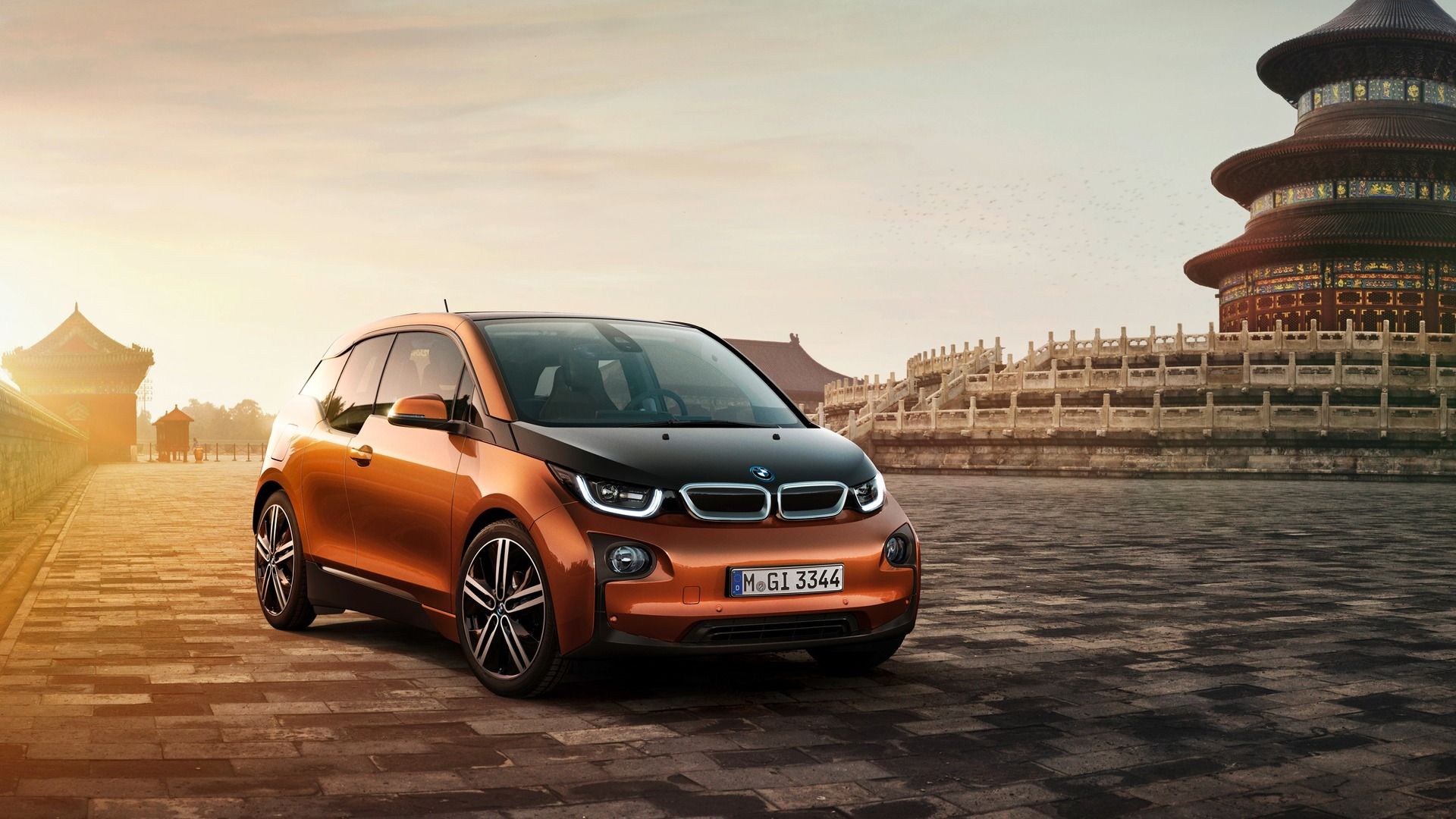
Related
5 Electric Vehicles That Have Engines For Range Extenders
Explore how a gasoline-powered engine that acts as a generator might have ended range anxiety in electric vehicles.
It’s A Different Story In China, Though
Unsurprisingly, the country with the highest EREV penetration is China, which is also the world’s biggest EV market. As of April 2024, the share of NEVs in China stood at 44 percent. EVs made up 26 percent of China’s total vehicle sales, while PHEVs (which also includes EREVs) made up 14 percent of the overall market. While the market share of EVs still grew in China (23 percent versus 26 percent), the pace of growth for plug-in hybrids is even faster (10 percent versus 14 percent).
Unless you’ve been living under a rock, you’ll probably not be surprised to find out that it’s BYD that’s leading the NEV race in China, but it isn’t the biggest EREV brand in China. They do have EREVs in the form of the Yangwang U8, but that’s too expensive for most Chinese consumers.
The most popular EREV brand in China is Li Auto, which makes premium crossover SUVs, all of which are EREVs. There’s the Li Auto L9, L8, L7 (by far Li Auto’s best-seller, the 15th best-selling NEV in China, and the best-selling EREV in China) and L6, with one model being slightly smaller and less upmarket, but they all look nearly the same. Thankfully, the Li Auto Mega looks more distinct, but it’s a fully-electric luxury minivan.



